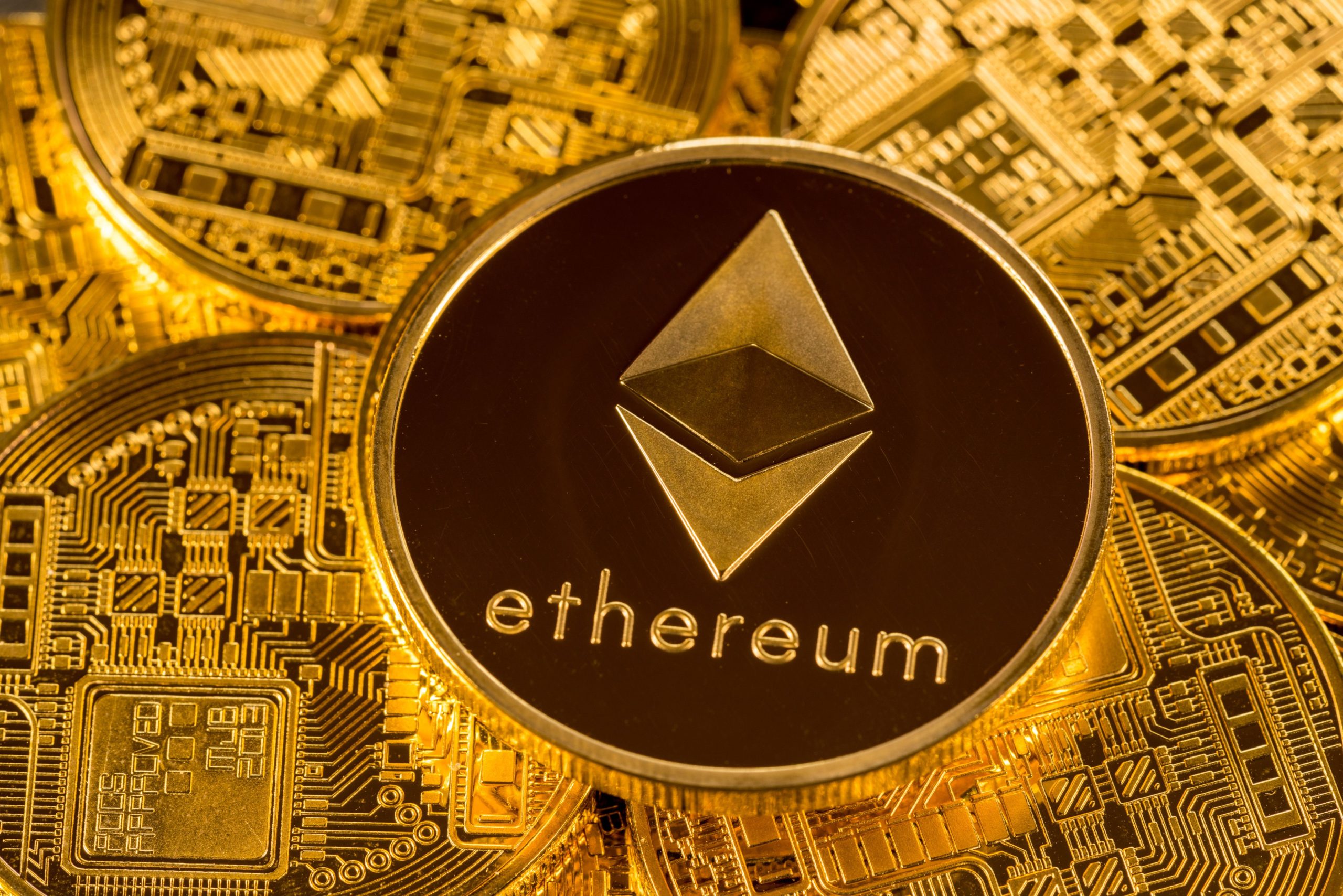Are you puzzled by Ethereum 2.0 and its impact on your investments? It can be tricky to wrap your head around this major blockchain upgrade. After diving deep into the research, I’ve uncovered some key insights that will help demystify Ethereum 2.0’s features and potential.
In this post, I’ll break down the essentials that investors need to know about this game-changing update. So grab a coffee and get ready to level up your crypto knowledge!
Key Takeaways
- Ethereum 2.0 moves to Proof of Stake, offering staking rewards up to 14.2% for investors.
- The Shanghai Upgrade on April 12, 2023 allowed ETH stakers to withdraw funds, with 228.82K ETH withdrawn and 100.51K ETH deposited in two days.
- Sharding aims to boost transaction speeds from 12-25 to 100,000 per second, set to launch in 2024.
- Future upgrades include the Surge, Scourge, Verge, Purge, and Splurge, focusing on scalability, fairness, efficiency, and network improvements.
- Investors should watch staking rewards, network scalability, and smart contract stability as Ethereum 2.0 develops.
The Transition to Proof of Stake (PoS)
I’m excited about Ethereum’s move to Proof of Stake. This change will bring big benefits for investors, including lower energy use and new ways to earn.
Benefits for Investors
As a crypto trader, I’ve seen firsthand how Ethereum 2.0’s shift to Proof of Stake offers exciting benefits for investors. The new system allows for cryptocurrency staking, providing a passive income stream through validator nodes.
I’ve found that staking rewards can yield an impressive 14.2% return on investment. This network upgrade opens up fresh investment opportunities in the decentralized finance (DeFi) space.
Setting up a validator node requires 32 ETH and some hardware, but the potential rewards are substantial. The Shanghai Upgrade on April 12, 2023, was a game-changer, enabling ETH stakers to make withdrawals.
In just two days after the upgrade, 228.82K ETH was withdrawn while 100.51K ETH was deposited. These numbers show strong investor interest in Ethereum staking and highlight the growing appeal of this new passive income option.
The Impact of Sharding on Transaction Speed and Costs
I’m excited about Ethereum 2.0’s sharding plans. This upgrade will boost transaction speeds to a whopping 100,000 per second. That’s a huge leap from the current 12-25 transactions we see now.
Sharding splits the network into smaller parts, making it faster and cheaper to use. It’s set to launch in 2024, and I can’t wait to see how it changes the game for us traders.
Sharding is the key to unlocking Ethereum’s full potential.
One big plus of sharding is the lower hardware costs for validators. They won’t need to store all the data anymore. This means more people can join in, making the network stronger.
Layer 2 Rollups will also help by cutting down the data needed for transactions. While gas fees didn’t drop right after the Merge, I’m hopeful they’ll go down once sharding expands the network’s capacity.
It’s an exciting time to be in crypto, and I’m keeping a close eye on these developments.
Future Developments and Roadmap of Ethereum 2. 0
Ethereum 2.0’s future looks bright with several planned upgrades. These upgrades aim to improve the network’s speed, efficiency, and overall performance.
- The “Surge” upgrade will introduce sharding, boosting transaction speeds to an impressive 100,000 per second. This change will greatly enhance Ethereum’s scalability and user experience.
- Next, the “Scourge” upgrade will focus on making transaction inclusion more reliable. It will also address centralization risks, ensuring a fairer and more decentralized network for all users.
- The “Verge” upgrade will bring in “stateless clients” and “Verkle trees.” These technical improvements will streamline the network’s operation and make it more efficient for all participants.
- Following that, the “Purge” upgrade will clean up old network history. This step will reduce hard drive space requirements, making it easier for more people to run Ethereum nodes.
- Lastly, the “Splurge” upgrade will include various smaller improvements. These changes will help ensure smooth network operation and enhance the overall Ethereum experience.
Now, let’s explore the impact of sharding on transaction speed and costs.
Conclusion: What Investors Should Watch Moving Forward
Ethereum 2.0 brings exciting changes for investors. I’m keeping a close eye on staking rewards and network scalability. These upgrades could boost transaction speeds and lower costs.
Smart contracts may become more stable, opening new doors for decentralized finance. As an investor, I’ll stay informed about each phase release to make wise choices in this evolving crypto landscape.

